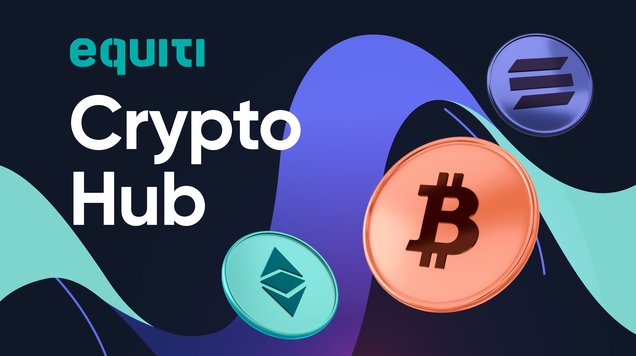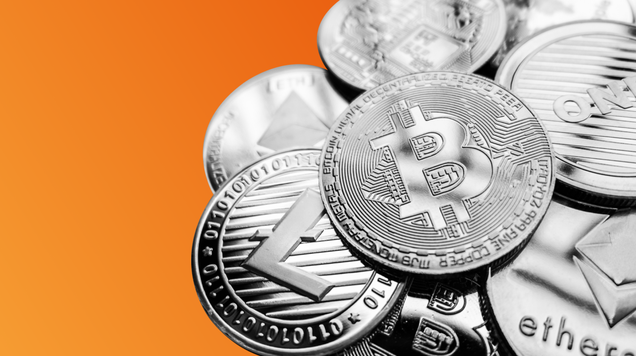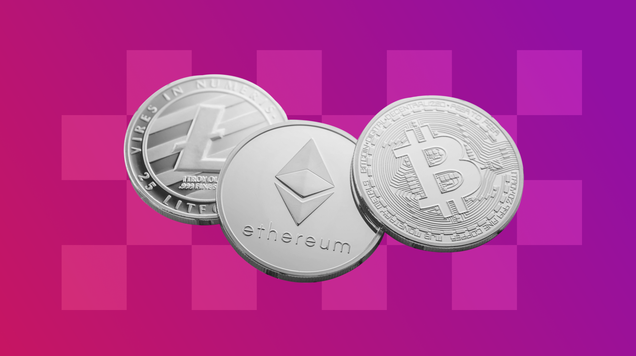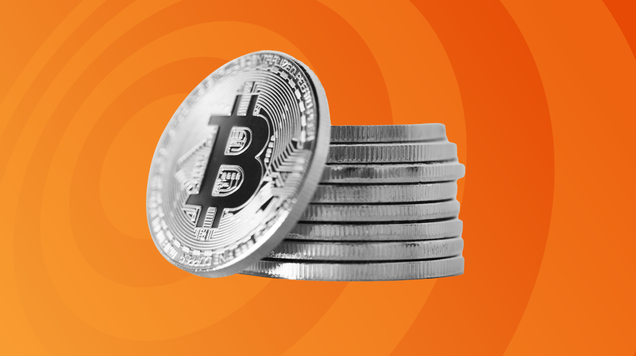Solana vs. Ethereum
Ethereum and Solana have emerged as major players in the crypto world – let's explore the unique features of these two altcoins and the key drivers of their success.
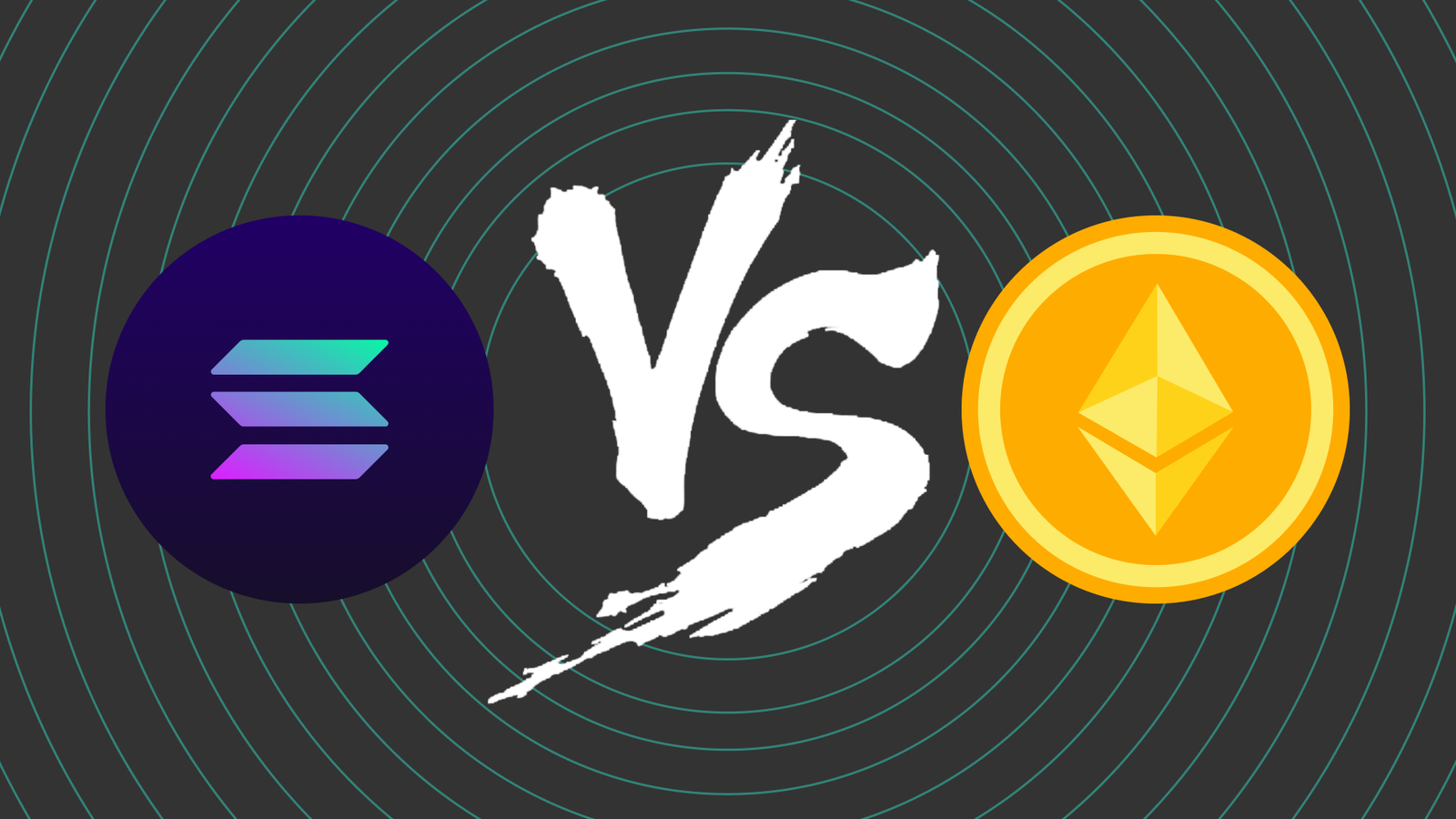
Ethereum is a pioneer with a vast ecosystem, but high gas fees and scalability limitations remain challenges despite Ethereum 2.0
Solana boasts up to 65,000 transactions per second and ultra-low fees, ideal for high-frequency dApps, but faces decentralisation and reliability concerns
When it comes to SOL vs ETH, Ethereum leads in market share and developer support, while Solana excels in speed and cost for demanding applications
As blockchain technology continues to evolve, two platforms have emerged as key players in the space: Ethereum and Solana. Both are often at the forefront of discussions about decentralised applications (dApps) and smart contracts, but they differ significantly in their approach to scalability, speed and transaction costs.
What is Ethereum?
Ethereum has become so popular that even other coins operate on its network. It holds a unique position as the second-largest cryptocurrency by market cap and is often regarded as more than just an alternative to Bitcoin. Ethereum’s price surged rapidly in late 2024, particularly in November and December, but has since levelled off. Its all-time high of $4,891, achieved in 2021, still stands.
Launched in 2015, Ethereum was the first blockchain to implement smart contracts – self-executing contracts where the terms are directly written into code. This innovation revolutionised decentralised applications (dApps), and Ethereum quickly became the foundation for DeFi platforms, NFTs and decentralised autonomous organisations (DAOs).
Ethereum's robust ecosystem, supported by its large network of developers and users, has made it the most established blockchain in the industry.
However, Ethereum’s scalability has been a significant challenge. The platform can handle only 15–30 transactions per second (TPS), which becomes a bottleneck during times of high demand. Gas fees, which pay for transaction processing, can also spike, making the network expensive to use during periods of congestion.
Although Ethereum 2.0 promises improvements with Proof of Stake (PoS) and Layer 2 scaling solutions, Ethereum still faces competition from faster alternatives.
What is Solana?
Launched in 2020, Solana is a high-performance blockchain platform known for its speed and low transaction costs.
Solana can process up to 65,000 TPS, far outpacing Ethereum. This scalability is achieved through Solana’s unique Proof of History (PoH) mechanism, which timestamps transactions to increase throughput without sacrificing security.
The network’s transaction costs are also remarkably low, typically less than a cent, making it an attractive option for developers building high-frequency applications like real-time trading or gaming.
SOL is emerging as one of the top altcoins to watch because of its impressive growth, surging by 200% in the past year and over 1,500% in the past two years. In comparison, Bitcoin has risen by approximately 470% over two years, while Ethereum has seen a 200% increase during the same period. Backed by strong community support and favourable technical indicators, Solana is primed for momentum.
SOL vs ETH: Which one is growing faster?
Despite its speed and low costs, Solana has faced decentralisation and reliability issues, including multiple outages. While Ethereum leads in market share and infrastructure, Solana offers a fast, cost-effective alternative for applications requiring high performance. Choosing between them is quite challenging which is why traders opt to diversify their crypto profiles.
With President Trump signalling a pro-crypto stance by selecting a crypto-friendly administration, the market sentiment could further boost prices, adding to the excitement of what lies ahead for decentralised technology.

